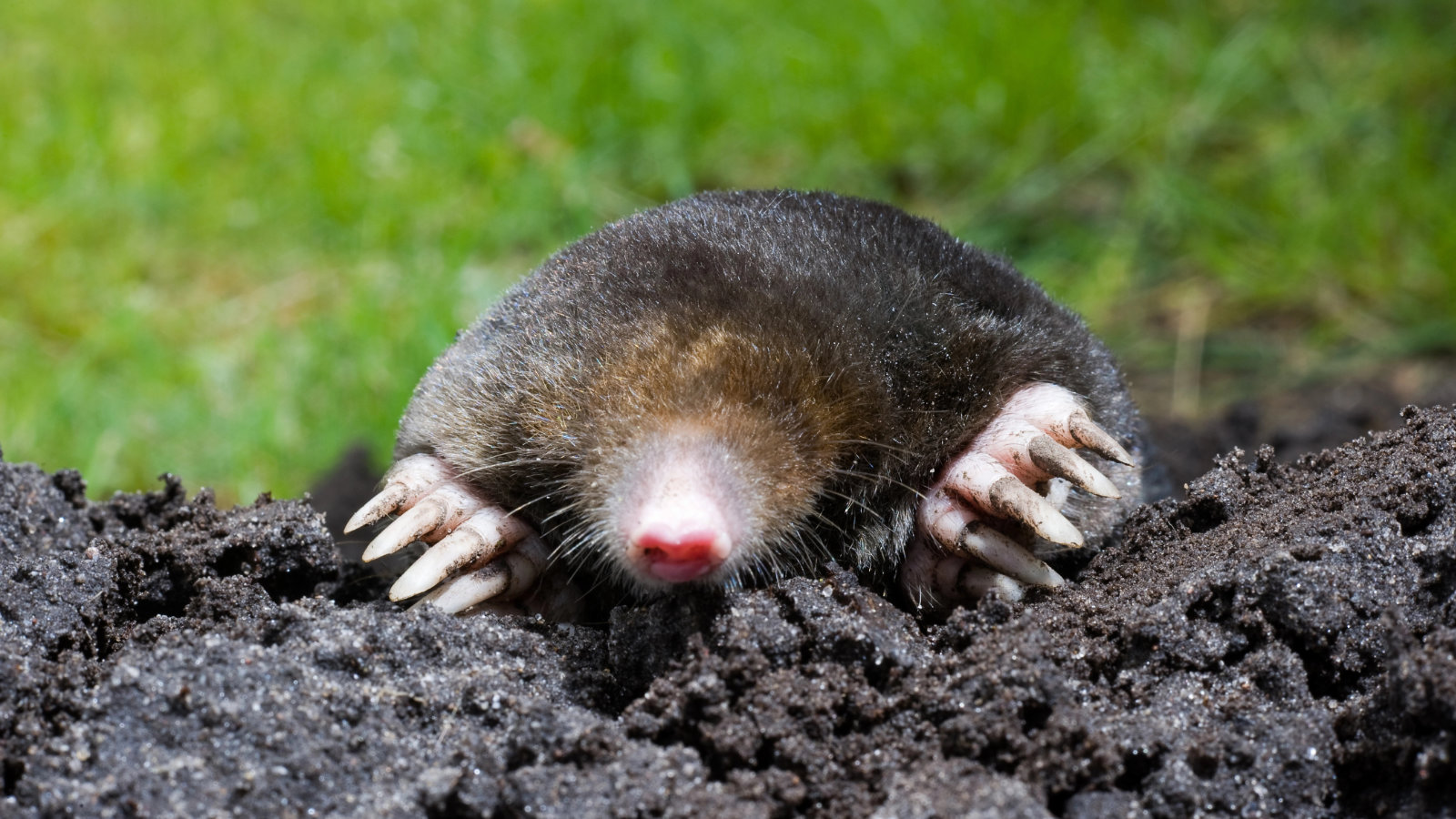Introduction
Moles can cause significant damage to gardens by tunneling through soil, uprooting plants, and creating unsightly mounds. Keeping moles out of your garden is essential for maintaining a healthy and attractive outdoor space. This article explores proven, expert-backed methods to prevent mole infestations while promoting an environmentally friendly approach. Whether you’re a seasoned gardener or a beginner, understanding mole behavior and control options will help you protect your garden effectively.
Why Do Moles Invade Gardens?
Moles are attracted to gardens primarily because of abundant food sources and loose soil that’s easy to tunnel through. They feed mainly on earthworms, insects, and larvae found in rich garden soils. Their constant digging creates tunnels that aerate soil but also disrupt plant roots and create mounds that can damage garden aesthetics.
Common Signs of Mole Activity
- Raised soil mounds or molehills
- Visible tunnel networks just below the surface
- Uprooted plants and disturbed lawns
Recognizing these signs early helps gardeners take timely action to keep moles out.
Natural and Preventative Methods to Deter Moles
1. Modify Your Garden Environment
- Reduce Food Sources: Limit grubs and insects by using beneficial nematodes or insecticides safe for plants.
- Compact Soil: Moles prefer loose, moist soil. Regularly compacting soil can make tunneling less attractive.
- Plant Mole-Repellent Vegetation: Plants like marigolds, alliums, and castor beans emit scents that deter moles.
2. Use Physical Barriers
Installing underground barriers can prevent mole entry:
- Wire Mesh Fencing: Bury galvanized wire mesh at least 24 inches deep around garden beds.
- Concrete or Plastic Barriers: Effective but more labor-intensive, these prevent tunneling under garden edges.
Humane and Chemical Control Options
1. Mole Repellents
Commercial mole repellents containing castor oil disrupt mole sensory perception, encouraging them to move elsewhere. Apply according to manufacturer instructions for best results.
2. Trapping Moles
If mole activity is severe, trapping may be necessary. Use humane traps placed in active tunnels. Check traps frequently to minimize stress to the animal.
3. Professional Pest Control
For persistent mole problems, consult licensed pest control experts who use safe, targeted treatments without harming beneficial garden life.
Expert Tips for Long-Term Mole Management
- Maintain Healthy Soil: Balanced moisture and organic matter reduce mole-friendly conditions.
- Regular Monitoring: Inspect your garden weekly for signs of mole activity.
- Integrated Approach: Combine several methods (barriers, repellents, and environmental changes) for effective control.
Conclusion
Keeping moles out of your garden requires a combination of understanding mole behavior and applying strategic, eco-friendly control methods. By modifying your garden environment, using physical barriers, and employing humane repellents or traps, you can protect your plants and lawn without resorting to harmful chemicals. Regular monitoring and proactive maintenance are key to long-term success. Take action today to preserve the beauty and health of your garden while managing mole populations responsibly.
